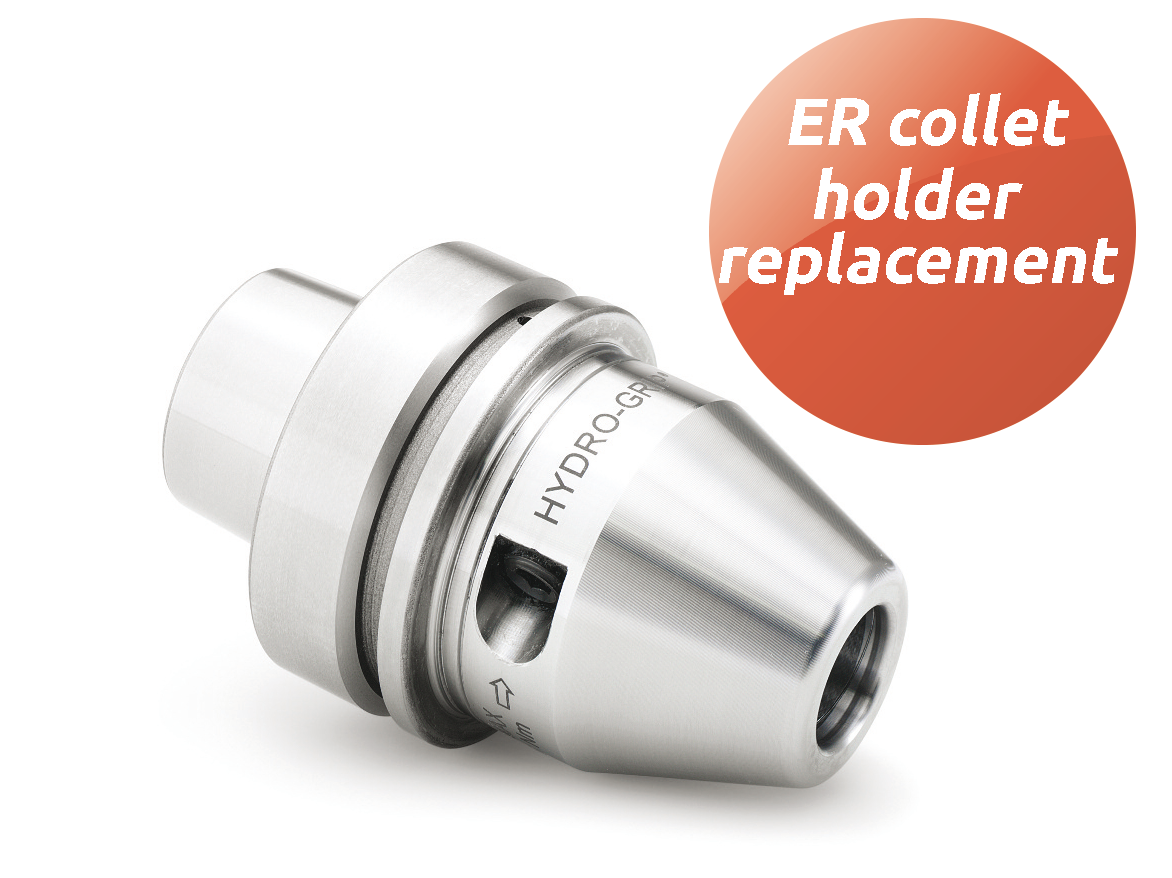BALANCE & VIBRATIONS!
One of today’s leading failures on wood working machines are spindle related caused by worn tools or unbalanced toolholders.
The problem goes silent and undetected by the user and unfortunately the spindle and bearings are under incredible stress as a result. So, you ask yourself, “Why is balanced versus unbalanced tooling such a big deal? Well, when you introduce an unbalanced tool at spindle running speeds, the life span of that spindle has been cut down drastically and repair cost goes up by over 50%!
You may ask yourself, “Why is this more prevalent in wood than other industries?” The explanation is quite simple. The tolerances are so different when comparing to wood to metal. In much of the metal industry, tolerances are within microns plus or minus. In much of the wood working industry the tolerances are more relaxed, usually around .002 of an inch or greater. When dealing with metal cutting, an unbalanced tool is always noticed with surface finish problems, oblong drill holes, run out issues, and out of tolerance parts. You can not properly do precision machining with an unbalanced tool.
With the more relaxed tolerances in the wood working industry, the holes don’t have to be exactly round, and surface finish and size tolerances are not as critical to create a good wood product. The lack of tight tolerances allows companies to use worn or cheaper unbalanced tools while still cutting at incredibly high speeds for fast production. The problem goes silent and undetected by the user and unfortunately the spindle and bearings are under incredible stress as a result.
I want to give a great example most people have experienced. We all have been in a car with unbalanced tires. Despite the uncomfortable fatigue coming from the steering wheel, any mechanic will tell you that unbalanced car tires will lead to mechanical failure. Front end component wear, uneven tire wear and even damaged wheel bearings are a result. So, keeping this fact in mind, an average car tire is two feet in diameter and runs at 60 MPH which equals 840 RPM. An average woodworking spindle runs at 15000 to 22000 RPM. Imagine how much more damaging energy is coming from the spindle versus an automobile.
Our partner, GTI Spindle Technology, conducted a test at a customer’s site cutting plastics and wood on a CNC routing machine. We compared a standard collet chuck tool holder to a precision ETP Hydraulic tool holder. Both tools were inserted into a HSK 63f spindle running 18,000 Rpm using a full vibration spectrum analyzer. The results were very clear. The standard collet toolholder showed .8595 in/sec of unbalanced energy at 18,000 Rpm. This is 14 X over the ISO specification for spindles. The precision ETP Hydraulic toolholder showed .062 in/sec keeping the spindle at ISO spindle specifications! I hope this gives you great insight to better help your spindle and machine run.

SEE ETP HYDRO-GRIP COMPACT IN ACTION!

A compact and robust design for secure clamping of your cutting tools!
The short design makes ETP HYDRO-GRIP COMPACT your ideal replacement for any ER collet holder!
-
Perfectly balanced
-
High runout accuracy
-
Available in all Inch & Metric sizes






